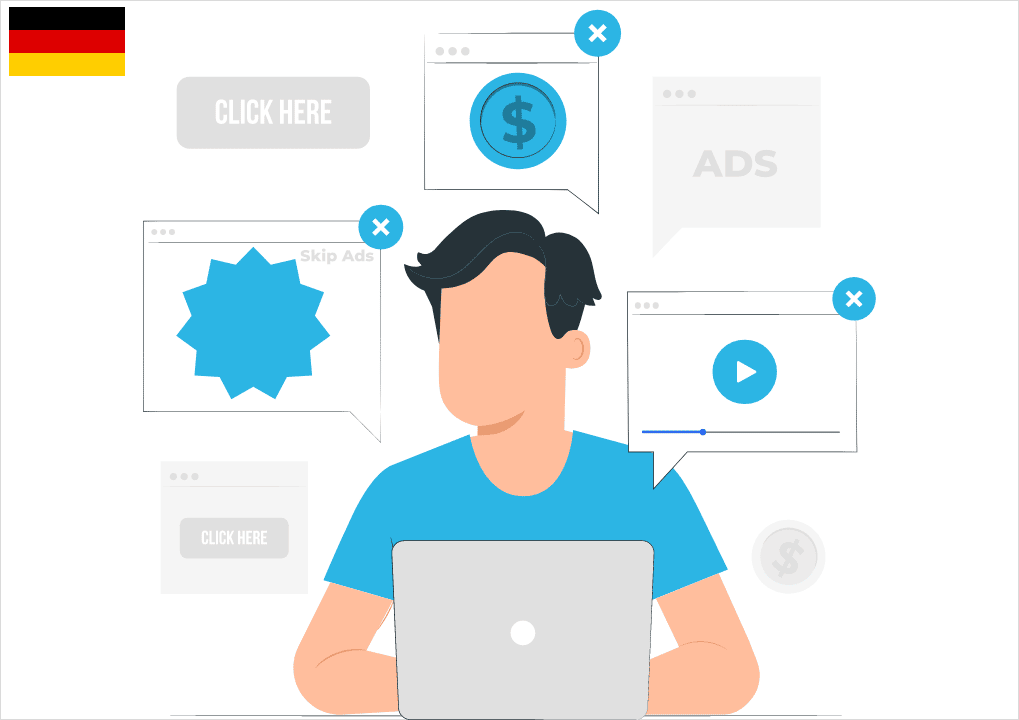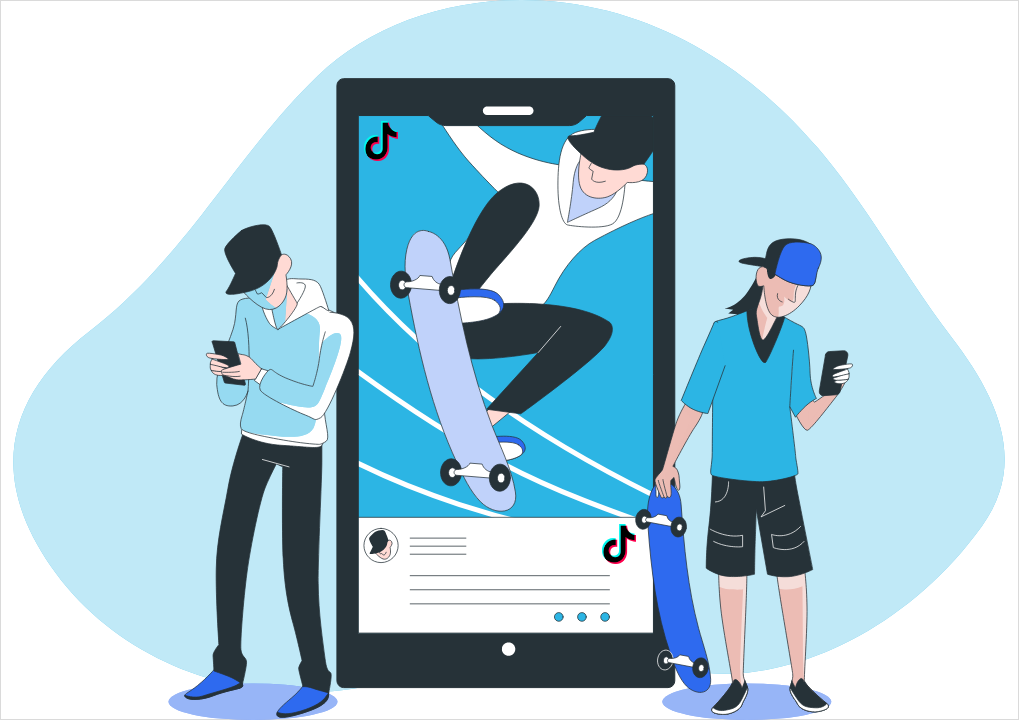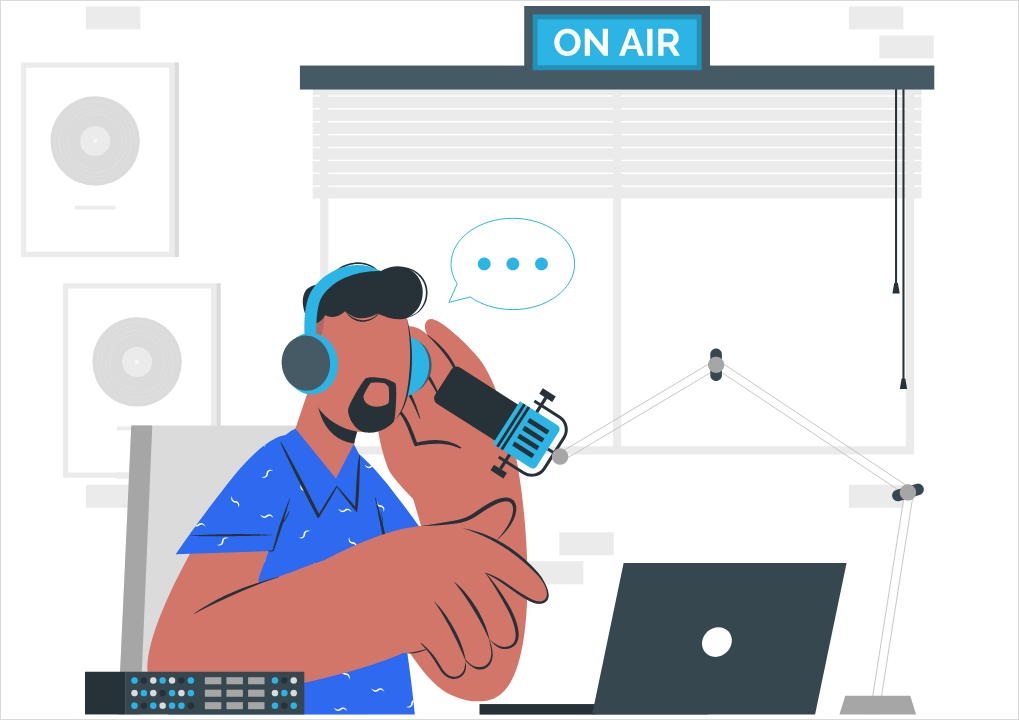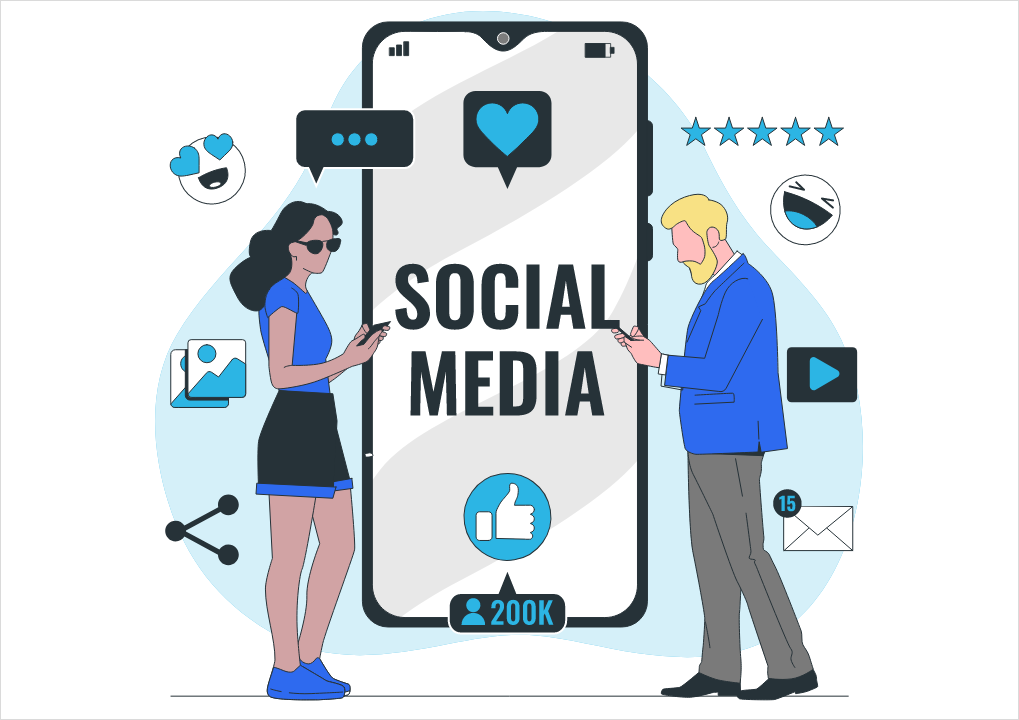Digital Advertising Statistics
This year, all industries in Germany will spend more on digital advertising. However, the growth rate will vary for different sectors. Some businesses will get affected by the economic downfall more than others, which will then lead to more moderate digital ad spending.
Statistics will show the complete picture of digital ad spending growth by 2022. It will feature the latest forecast of the change in mobile ad spending for consumer products, auto, healthcare, travel, retail, pharma, financial services, consumer packaged goods, and more.
The travel industry in Germany is the one that is going to spend the most on mobile digital ads this year. It shows a 26.2% change, which is quite huge compared to the last year. Remember, it includes all the advertising on mobile phones, tablets, Internet-connected feature phones, and all other formats. The retail industry also shows a significant change of 25% in mobile ad spending growth. It is 23.5% for consumer packaged goods, 21.5% for financial services, 21.2% for healthcare and pharma, 8.3% for automotive shows, and 21.7% for others.
The total percentage of change in the mobile digital ad spending of all industries in Germany is 21.5%.
How Are Digital Marketing Trends Changing in 2022?
Digital marketing plays a vital role in ad spending in Germany. It is going through a digital transformation like most areas of Western Europe. This trend is a massive opportunity for companies and brands trying to survive in the post-pandemic future. Germany is in a perfect position right now to take advantage of 2022.
Here is a detailed analysis of digital marketing trends in Germany.
Digital Advertising Trends
The pandemic took a toll on digital advertising of all industries in Germany in 2020. It affected the growth of digital ad spending in 2021 as well. On the other hand, it seems like things are getting better in 2022. As shown by the stats of Insider Intelligence, the change in the growth of digital ad spending in Germany is expected to be around 20%.
It seems like a significant part of digital advertising spending in Germany consists of search engine marketing. Marketers spent 2.5 times more on search engine activities than social media ads, which comes second. The allocation of spending has entirely changed in the last two years. The overall spending has increased by 3%, while social media and digital video advertising showed a 9% and 7% change, respectively.
SEO Trends in Germany
Quality content is vital for SEO ranking in Germany or other parts of the world. Using relevant keywords repeatedly in the content has worked in the past, but now search engines are becoming more updated and intelligent. It analyzes what is written on the page to ensure that the quality is not compromised. As a successful marketer, you will have to address the concerns and queries of the visitors. It will define the “quality” of your content on the Internet. The other prominent aspects are “user experience” and “authority.”
When discovering a new brand, SEO is as important for German users as television ads. 37.5% of users consider SEO essential compared to TV ads. 32% of German users believe the word-of-mouth recommendations are pretty significant. Similarly, 30% of users consider SEO more important than other aspects of researching brands. 70% use machines, 40% use websites to compare prices, and 30% rely on customer reviews and suggestions.
If you are wondering which search engine is the best, Google is the busiest website in Germany. So, 48% of the users use Chrome, which makes it the leading browser, while 22% use Safari.
Social Media Trends
According to the sources, 66 million Germans use social media platforms actively. It is also equivalent to 80% of the entire population of Germany. German users also increased by 13% from 2020 to 2022. When the pandemic hit the whole world, Germans also opted for social media ID as they were forced to avoid social interactions.
Despite the popularity of computers and desktops, 96% of Germans use mobile devices to access their social media accounts. WhatsApp remains the most popular among the other social media platforms, as almost 80% of Germans use it every month. Facebook is another widely used platform, as every 6 of 10 Germans use it regularly. However, less than 50% of Germans use Instagram, so it is slightly less common than other social media platforms.
The average number of hours a German user spends on Facebook is 11. According to Facebook, it can access almost 40% of the population of Germany, that is, 13+. Instagram claims to reach nearly 35% population of the same age; however, the average time users spend here is 8 hours per month.
Another revelation about Facebook is that its users are more likely going to respond to ad messages. According to the study, adult Facebook users clicked on 14 ads a month. Marketers can use these statistics to target German users more precisely and keep track of their interactions to improve their user experience. It makes Facebook digital advertising worth spending and considering for digital marketers.
Email Marketing Trends
In 2020, the use of emails was quite common. 87% of the Germans used to send or receive emails. Since 2017, the number of users has been increasing by 1% yearly. Email marketers considered it an opportunity to reach 9 out of 10 Germans through emails.
Within the European Union, 87% agreed that Germany is doing better but less than the email leader, Denmark. However, it is ahead of Poland, Italy, Greece, and other southern European Union countries. Since 2017, the number of email users has been declining continuously. The possible reasons for that include instant message services like WhatsApp. However, it has the potential as 13% of Germans still use email daily, and 20% use it many times a week.
Another fact about email marketing is that it is pretty cost-effective, which makes it a viable option even to date. However, marketers now need to be updated about the rules and regulations to ensure they don’t send out emails to recipients without their consent.






